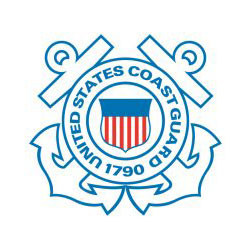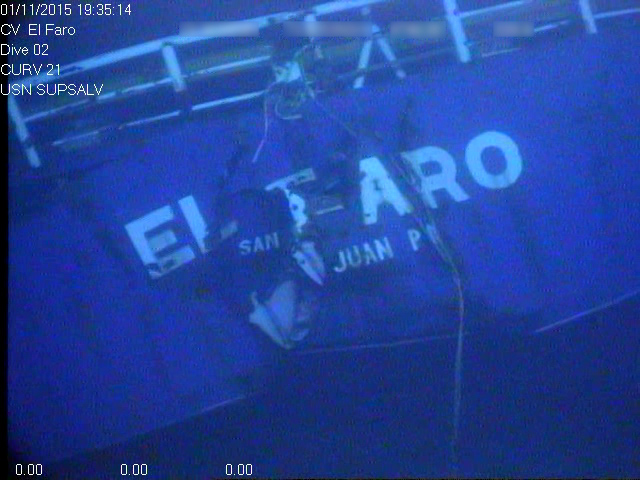“… the Coast Guard is ultimately responsible to monitor the performance of third parties that perform delegated functions and also to guarantee the effectiveness of vessel inspections and surveys. Yet the Coast Guard failed to adequately oversee the third party in this case, and the investigation reveals that the Coast Guard has not sustained the proficiency and policy framework to do so in general. The Coast Guard is fully committed to rectifying the shortcomings that led to these failures.” — Quote from the El Faro Final Action Memo
On Dec. 22, 2017, the commandant of the Coast Guard released the Final Action Memo (or FAM) for the Report of the Marine Board of Investigation into the sinking of the El Faro and the loss of its 33 crewmembers. In the FAM, the commandant signaled the Coast Guard’s commitment to making improvements to prevent similar marine casualties.
In the year since the FAM was released, the Coast Guard has taken swift and deliberate actions to address gaps in third party oversight and the alternate compliance program.
Establishment of the Flag State Control Division
A new division was established at Coast Guard headquarters that is dedicated to managing the Coast Guard’s third party oversight program and U.S.-flag state responsibilities. Among other things, this staff will: conduct audits of vessels, companies, and third party organizations (TPOs); manage Coast Guard policy related to third party oversight; provide oversight of Coast Guard marine inspectors involved in the ACP; maintain the fleet risk index which is used for targeting vessels for additional oversight; manage all delegations of authority and formal agreements between recognized organizations (ROs) and the Coast Guard; and manage and develop the supplemental vessel guidance provided to ROs involved in the ACP.
Update/Development of Coast Guard Policies and Procedures
In order to effectively execute this program, all Coast Guard policies related to the ACP were updated, and new policies and procedures were developed to address policy gaps. At the highest level, the Coast Guard Navigation and Vessel Inspection Circular (NVIC) 2-95 was updated so that all stakeholders understood their roles and responsibilities, and to bring the guidance in line with the IMO’s Code for Recognized Organizations (ROs). In addition to NVIC 2-95, a series of Coast Guard work instructions and procedures were developed to provide marine inspectors, owner/operators and surveyors with additional clarity on the execution of oversight activities.
Improved Communications and Training
In order to effectively execute third party oversight, the Coast Guard, ROs, and owner/operators must all be on the same page. To that end, the Coast Guard conducted extensive outreach both internally and externally to ensure a common understanding of program fundamentals. In September 2018, a joint Coast Guard and Third Party Organization Oversight Workshop was held to focus on a mutual understanding of new Coast Guard policies and procedures. The following month, a Recognized Organization Summit was held to identify areas for program improvements. The Coast Guard has also conducted several meetings with vessel owners and operators to ensure they understand their role in safe shipping. Collectively, these meetings have helped everyone to better understand the issues with executing third party oversight and address issues or concerns.
The Way Ahead
While the El Faro served as the impetus for this call to action, third party oversight goes beyond ACP. The reality is that vessels continues to increase in size, complexity, and number. Third parties provide the maritime industry a cost effective means to reduce regulatory redundancy while offering flexibility in scheduling inspection services. As the Coast Guard begins to certificate a fleet of more than 5,800 towing vessels, third parties and the lessons learned from the ACP will remain essential to transition this fleet from uninspected to inspected vessel status.
Editor’s note: The FAM and other documents related to the El Faro hearings and investigation are available in the Coast Guard’s digital FOIA reading room.





